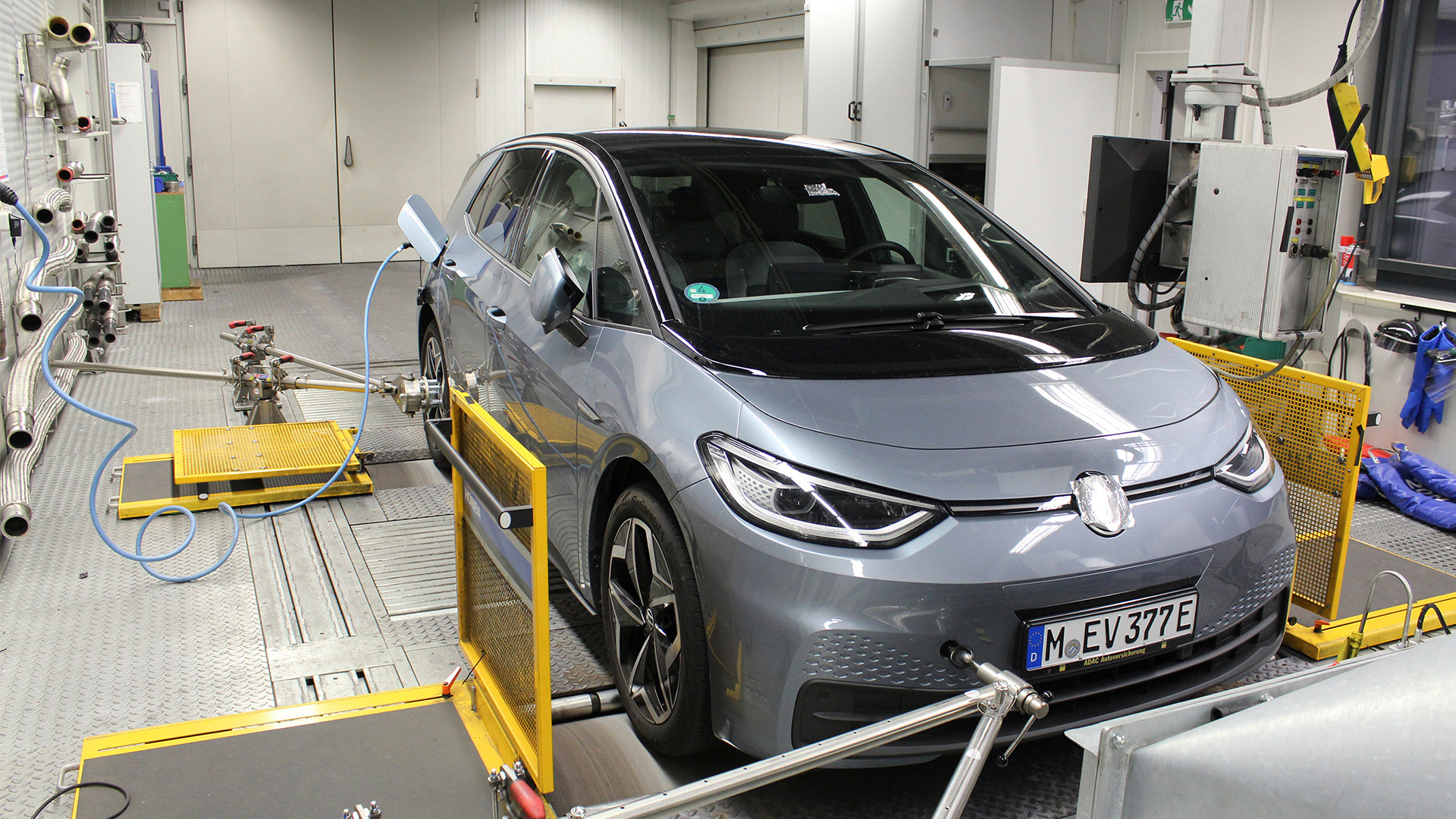- The German Automobile Club publishes the results of a four-year test
- A Volkswagen ID 3 Pro S Tour was used as the subject.
- Battery degradation after 170,000 kilometers surprised everyone involved
Europe’s largest automobile association, the German Automobile Club (ADAC), has carried out a four-year experiment with one of Volkswagen’s most popular small electric vehicles, subjecting it to more than 40,000 kilometers of driving a year and analyzing the effects on its battery packs.
The automobile association took delivery of the 77 kWh VW ID 3 Pro S Tour in May 2021 and has since recruited several drivers to cover more than 100,000 miles over a four-year period. Meanwhile, the Bavarian Test and Technology Center meticulously checked the condition of the battery.
Volkswagen guarantees that the battery in its ID 3 has at least 70% of its original net capacity after eight years of operation or 160,000 kilometers (about 99,400 miles) of driving, but this example still had 91% net capacity after four years and 107,000 miles, meaning it was within a healthy range that would not require a replacement battery pack under warranty.
In fact, calculations would mean that this ID 3 lost just eight miles of its claimed maximum range of 336 miles, despite fast charging stations being used 40% of the time during the testing period.
What’s more, the ADAC said the electric vehicle was often charged to 100% capacity and left for several days before being driven again; Most manufacturers recommend charging only to 80% and leaving the battery capacity depleted if the vehicle will be idle for several days, but ADAC wanted this to be a real-world test that mimics the behavior of typical owners.
The only thing the German automobile association found was that the ID 3 only achieved around 250 miles of range during highway driving, as opposed to the official WLTP range of 326 miles. He also noted that VW applied several over-the-air updates during that time, which fixed a number of bugs and increased charging capacity up to 170 kW.
VW also claimed that the updates had a positive effect on consumption and range. It stated that the new software significantly improved power consumption over short distances and in winter temperatures of 0 to 5 °C (32 to 41 °F).
Analysis: EVs get better (and greener) as they get older

The data from this extensive analysis of real-world EVs appears to support a number of recent studies showing that EV battery degradation is often overestimated, which could discourage potential buyers and cause residual values to plummet.
A Swedish car broker recently discovered that readily available battery health status (SoH) reports from more than 1,000 used electric vehicles revealed that both pure electric and plug-in hybrid battery packs retain more than 90% of their capacity, even after being subjected to high mileage and many fast charges.
UK leasing company Arval also found an average battery health level of 93% in its own studies, concluding that even after 124,000 miles, average capacity remained close to 90%.
For many used electric vehicles, this means that the claimed range is only reduced by a few kilometres, while charging speeds and efficiencies remain largely unchanged.
With far fewer complex and mechanical components that can fail, electric vehicles are increasingly looking like an affordable and reliable second-hand purchase.
This is particularly pertinent given that reports suggest that electric vehicles do not pay their carbon debt to society until after 13,500 miles or around two years of ownership due to the energy-intensive nature of electric vehicle production. Only at this point do they become a “greener” option than their gas-guzzling alternatives.
Simply put, electric vehicles become more environmentally friendly the longer they are owned and used, especially if they are charged regularly during off-peak hours, when energy providers typically offer an excess of renewable energy.
Add to this the ability to recycle a large percentage of a battery pack at the end of its useful life, and the electric vehicle is compelling, even in its twilight years.
Follow TechRadar on Google News and add us as a preferred source to receive news, reviews and opinions from our experts in your feeds. Make sure to click the Follow button!
And of course you can also follow TechRadar on TikTok for news, reviews, unboxings in video form and receive regular updates from us on WhatsApp also.



